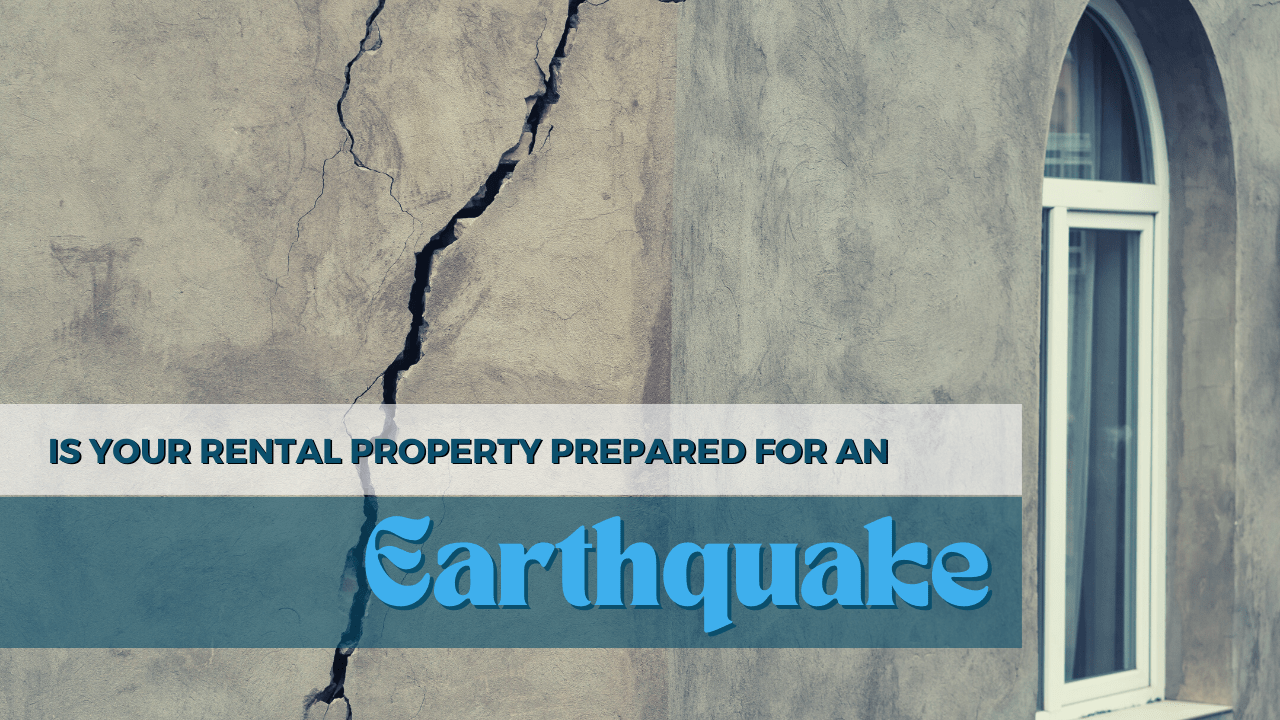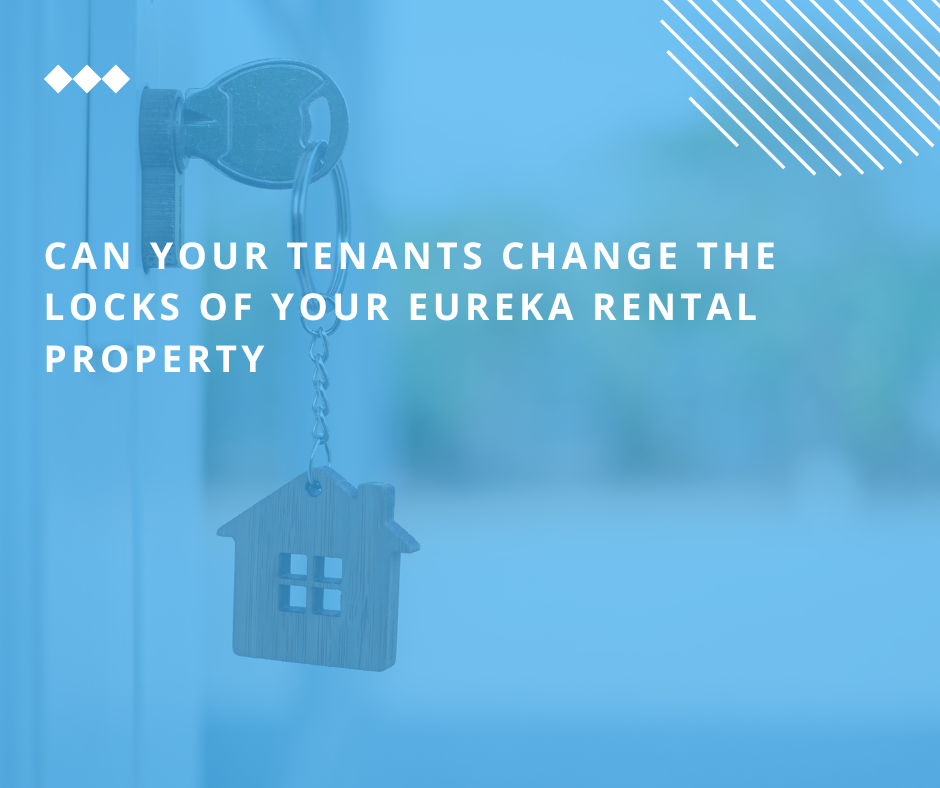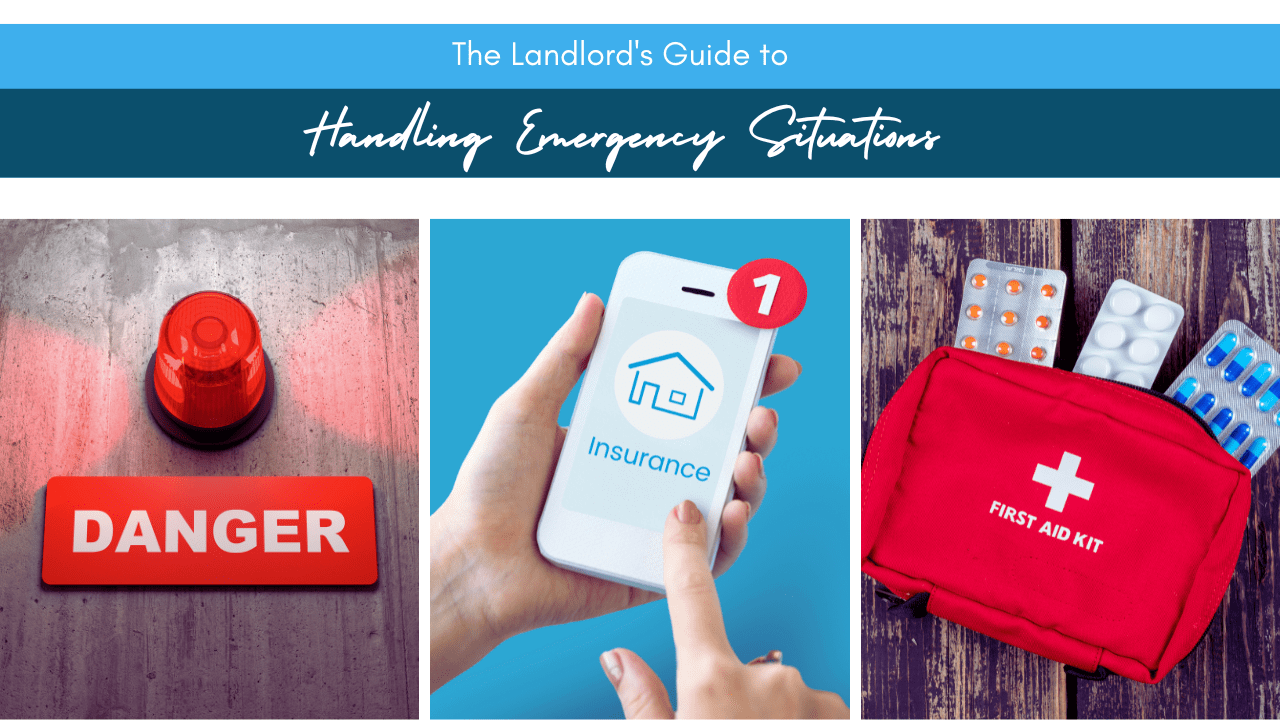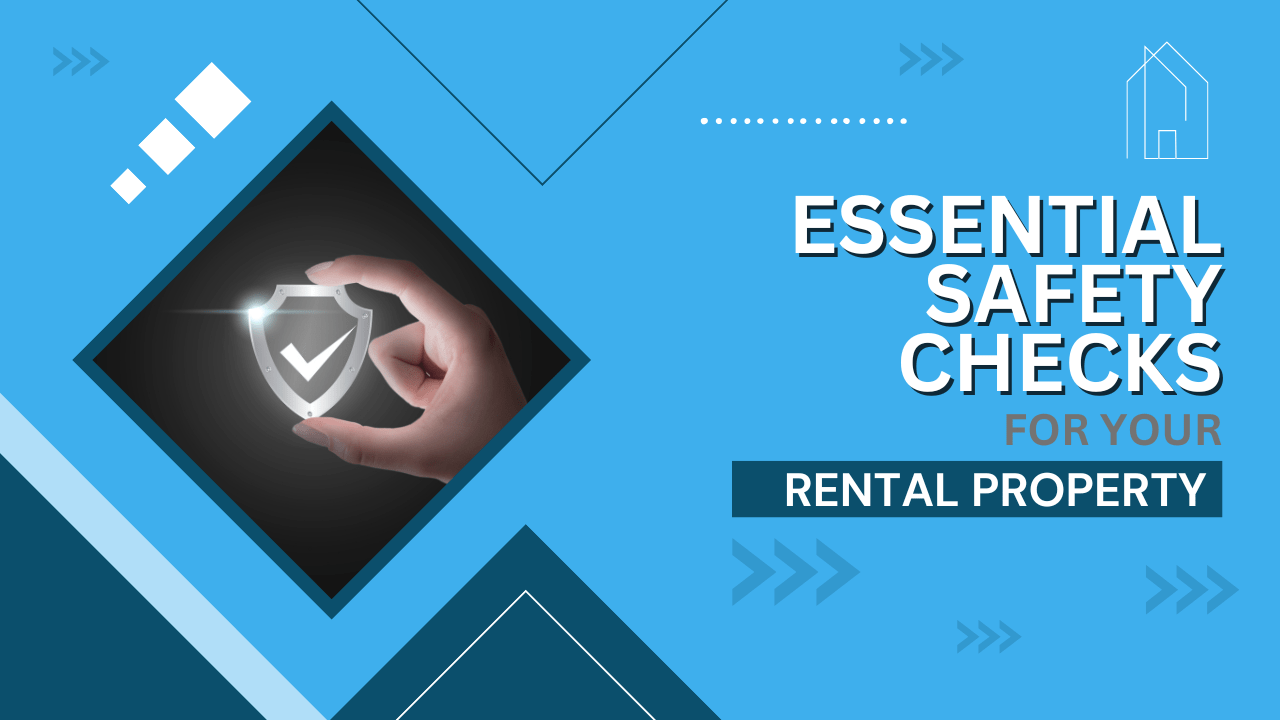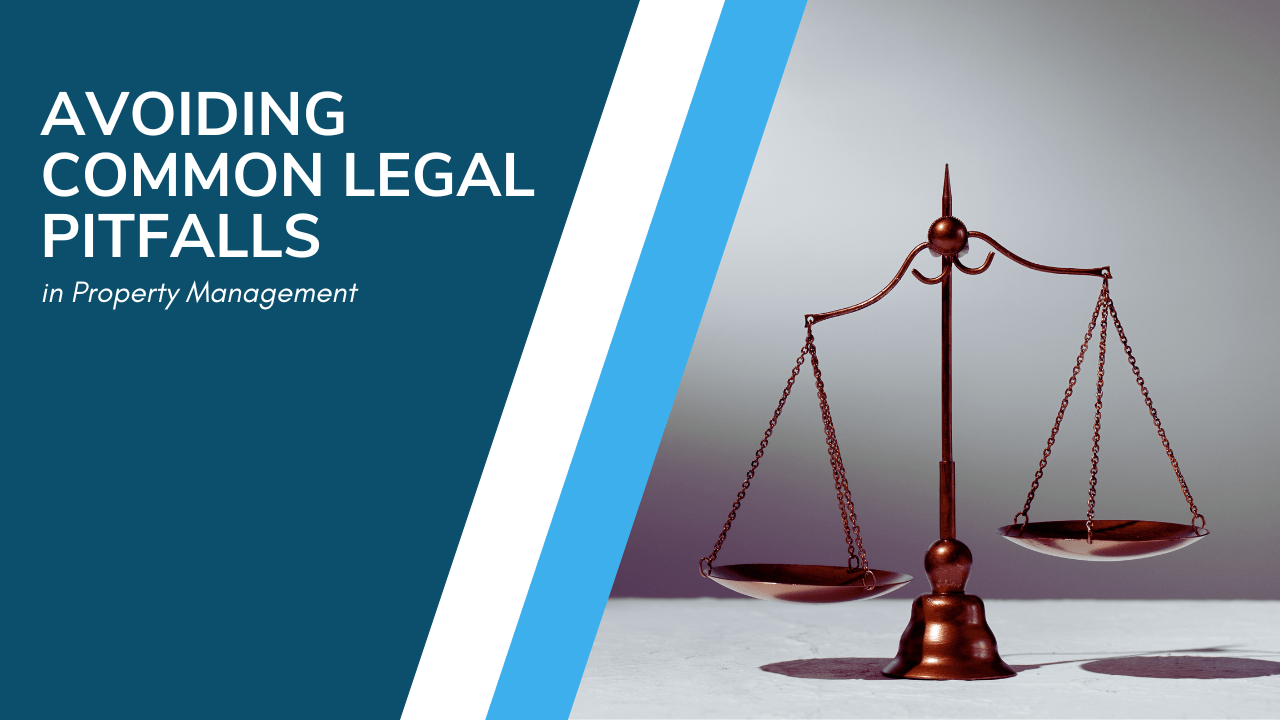Earthquakes are unpredictable, and in California, they’re not infrequent. A recent magnitude 6.4 earthquake in our area killed two people who had medical emergencies during the event. You want to make sure your tenants and your rental property are safe in the event that an earthquake hits, and the preventative
maintenance on your property has to be consistent and continual.
Our goal is your peace of mind, and we strive to provide that to our owners and our tenants even when unexpected emergencies are occurring.
Let’s take a look at what we need to know about your
Eureka rental property and whether it’s prepared to withstand an earthquake.
Educate Your Tenants on Earthquake Safety
It’s important to keep your property safe and sound, but the health and well-being of your tenants are even more important considerations. You need to be communicative about earthquake safety and how to protect yourself against the shaking and the chaos that can occur when even a minor quake rolls through the area.
Here are some things to discuss with them:
- Securing shelves and wall hangings as well as furniture. Most injuries during earthquakes occur not from structural damage but because furniture and other heavy items fall on people. Bookshelves and cabinets and entertainment centers need to be secured to walls.
- Advise tenants not to place beds near windows. Suggest that they strap televisions to the walls and any other expensive electronics.
- Show tenants where to turn off the gas and water. The entire region will be destabilized during a major earthquake. You want to prevent fires and floods by turning off the gas and the water when there’s damage. Make sure your tenants know where to find these turn-off valves. Some gas shut-off valves kick in and automatically shut down when there’s a lot of vibrating. Contact the gas company if you’d like these installed at your property.
- Ask them to put an emergency plan together. Where will they go if an earthquake occurs and the home becomes inhabitable? How will they communicate and who will they want to call? You need to encourage planning with your tenants. You need to make sure their contact information is up to date with you and that you have at least one emergency contact for them.
Tenants may be eager to walk around and evaluate where things stand right after an earthquake. This is dangerous. Talk to them about the importance of bracing for aftershocks and the need to be careful. There could be broken glass and other debris that may pose an additional hazard.
Check Your Earthquake Insurance Policy
Your regular insurance policy will not likely cover earthquakes. Consider buying a policy if you don’t have one already. It can cover some of the losses that occur unexpectedly when an earthquake strikes. Most policies are sold through the California Earthquake Authority (CEA). You’ll need to buy the actual policy through an insurance agency that holds a membership in CEA.
Remember that this insurance won’t cover everything, but it does help you ensure that your home will be put back together if it’s damaged. You’ll find coverage for your dwelling, your own personal possessions (such as appliances), and loss of use. This will be important to you if tenants become displaced while you repair your property.
Preventative Earthquake Maintenance
As you’re maintaining your Eureka rental home, you always want to be thinking about what could happen in the event of an earthquake. Here are some of the specific areas of your
investment property that need attention:
- Plumbing and water heaters. California law requires specific bracing for water heaters. If you’re not already using an authorized strap for your heater, make sure you install one. Make sure there aren’t any compromised pipes or plumbing features and fixtures that need to be replaced. Deferred maintenance is dangerous in earthquake territory.
- Gas appliances in the kitchen. These need to be strapped to walls and the appliances need flexible connections. While you’re in the kitchen, make sure that cabinets latch so they stay closed when the shaking commences.
- Landscaping. Make sure tree limbs are not so close to your house that they could come through a window or crash through a roof.
- Repair any ceiling or foundation cracks. These will only expand during an earthquake, causing potential damage.
When you take care of things like strapping and bracing, you won’t have to worry about tenants doing it on their own, and incorrectly.
Make Sure You’re Meeting all Recent Building Standards
Assess your rental property for compliance with all seismic building standards, which have changed over the years and grown more robust. The structure and contents of your rental property needs to be lawfully resistant to earthquake damage. Check to see if the home is anchored to the foundation. You don’t want to see weak crawl space walls. You don’t want to find masonry walls or foundations that are not reinforced.
We know that most injuries and even a lot of
property damages are the result of flying objects and falling furniture during the worst of the shaking, but there are also cases where homes slide off their foundation. Older homes (built before 1980) should be evaluated by an engineer just to be extra sure you’re doing everything you can to support your investment property in the event of an earthquake.
Earthquakes are powerful. They come with deep structural risks and can trigger landslides, fires, and other disasters that often follow the initial event. Stay up to date on the latest earthquake safety standards. Consider a seismic retrofit, which can provide discounts on the insurance you purchase through a CEA provider.

